Electricity distributor SA Power Networks will begin the installation of the first of eight community batteries being rolled out across regional South Australia (SA), to build energy resilience in local communities.
Locating the first at in the township if Kimba, 460 kilometres west of Adelaide, the community battery will provide up to eight hours of access to back-up power and communications during unexpected power outages.
The battery will be located at the Kimba district football and netball clubrooms to become critical backup power sources for the community hub.
The project is part of a statewide project, jointly funded by SA Power Networks and the Australian Renewable Energy Agency (ARENA).
SA Power Networks Operations Manager for the Eyre Peninsula Greg Eyers said the company wants to make sure the local community has access to reliable energy, to mitigate the impacts of outages.
“This partnership with Telstra and the District Council of Kimba reflects our shared goal to enhance the resilience of the township, offering peace of mind to the local community,” Eyers said.
District Council of Kimba Chief Executive Officer Deb Larwood said the battery will provide much needed backup to this community hub during an extended period of power outage, helping keep Kimba stay connected and supported in times of need.
The installation of the community battery is expected to be completed toward the end of 2025 or early 2026.
ARENA funding
SA Power Networks received funding from the ARENA to deliver the portfolio of community batteries across SA and the company will trial a range of community battery use cases and build SA Power Networks’ expertise and understanding of community batteries to enable their deployment at scale across its network.
SA Power Networks’ portfolio of batteries will trial three battery use cases, including two high voltage (HV) network support batteries, four electric vehicle (EV) charger support batteries and two community resilience batteries.
Detailed planning and design, and engagement with suppliers to progress the purchase and installation of the batteries has now commenced, as well as engagement with the seven relevant Councils.
High Voltage (HV) Network Support Batteries
Two batteries will be installed at Robe and Lameroo, on an existing SA Power Networks sub-station site to provide support to specific HV lines in SA Power Networks network, in terms of peak load management and voltage management to improve the capacity of the network in targeted regional locations.
EV Charger Support Batteries
Four batteries will minimise the impact of new fast EV charger connections on the SA Power Networks’ network, in locations where connecting fast EV chargers has so-far been prohibitively expensive due to network constraints.
Community Batteries Funding Round 2
On 26 February 2025, ARENA announced $46.3 million to deploy community batteries across Australia under the Community Batteries Funding Round 2 of the Community Batteries Funding Initiative.
This content is protected by copyright and may not be reused. If you want to cooperate with us and would like to reuse some of our content, please contact: editors@pv-magazine.com.
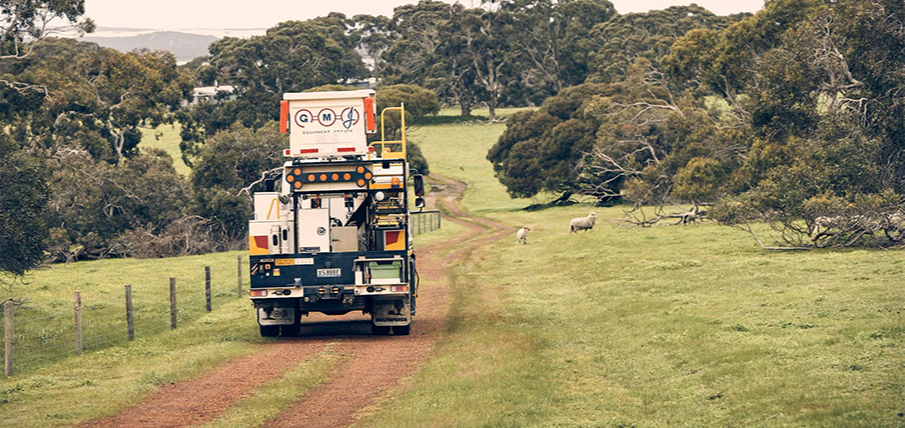


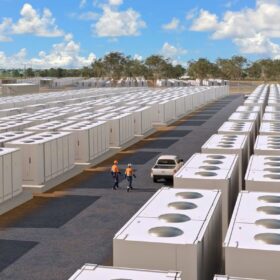
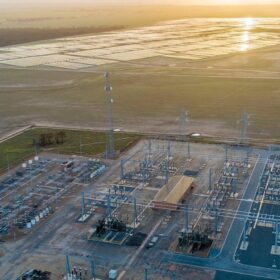

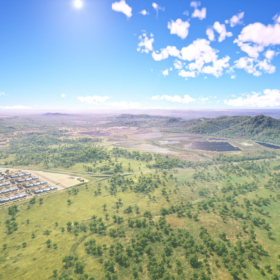
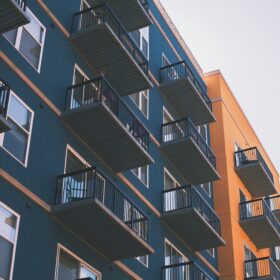
I seem to be missing something on the ability of storing energy and proving hours of back up energy when the grid is down.. “Quinbrook is coming out with an eight-hour battery tech, Lithium batteries are reported to be able to supply 10 hours and the new Iron Air batteries , made by Form Energy are capable of providing 100 hours of emergency supply of stored battery power. ( I would love if they would provide some additional info on their Iron based batteries. I would like someone to tell me can the IA batteries be reduced down in size to about 1/4 the size of their industrial storage batteries. 1/4 should be able to supply about 25 hours of emg. power. ( Why are the seeming to refuse to report on the reported information that Individual Ground Source Geothermal heat pumps can reduce a buildings energy demand down by 70-80 plus %. For example an IA battery rated at 100 hours of full demand would be extended out to providing 500 hours at the 20% rated ( going into emergency use demand a user might be able to cut their demand down to a 50% rate or around 1000 hours of demand. Can an Iron Air battery be reduced down in size to 1/4 the size of the full sized battery and place them into electric vehicles. Shouldn’t this be able of providing 25 hours of operational time (at a full use rate)). I would appreciate any information you might be able to provide me/us that might help me to determine how they might be put to full use. LED, Spfld Illinois area.